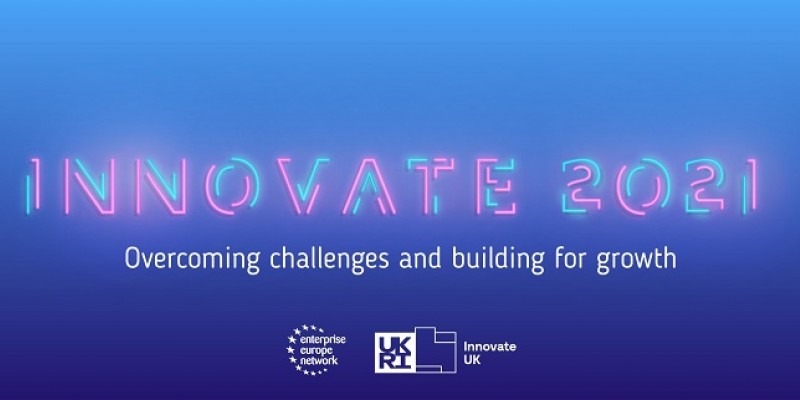
Businesses that maintained investments in innovation and R&D during the 2008 financial crash emerged stronger, more agile, and more competitive. By 2012, they were outperforming their markets by an average of 30% and continued to accelerate growth over the next three to five years of trading, proving their investments effective.
By responding with flexibility to swiftly changing customer demands, these firms were able to address and, in some cases, create whole new market segments, e.g. the “sharing economy”, employing otherwise unused assets to great effect.
Shaping solutions that clients will buy and use lies at the heart of Design Thinking. By gaining real insights into user needs and applying those insights to their business models, successful firms generate the truly innovative ideas that fuel growth. We term this concept “user-centric design.”
However, developing a user-centric culture within your organisation can be difficult. Whether you’re promoting Design Thinking to senior management, or you’re an executive looking to develop a structured approach to exploring new challenges and markets; driving change is rarely easy.
As part of Innovate 2021, an autumn event series on meeting current challenges and building for growth, we’ll be addressing this point directly; hosting two webinars on how you can drive a Design Thinking culture:
- Design Thinking: driving a user-centric approach within your organisation
- Design Thinking: Innovating through a crisis
The webinars will be delivered by our design innovation specialist, Sarah Dickins, who’s worked with established R&D teams in companies such as Sony Electronics, Unilever and Walgreens Boots Alliance. She’ll also be exploring the principles of Design Thinking and how to deploy this strategy during a time of great economic and social change. To explore other webinars in our Innovate 2021 series, click here.
Sarah will also be exploring the five steps necessary in a successful design thinking strategy, creating products and services that users will want to buy:
- Discovery
- Interpretation
- Ideation
- Experimentation
- Evolution
To hear more from Sarah on how to implement these strategies within your organisation, sign up via the links above.
- Log in to post comments
